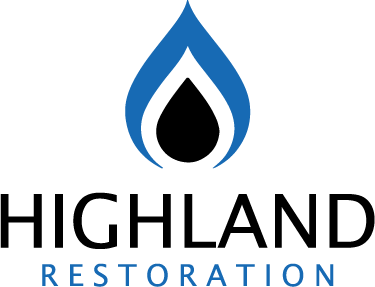Frequently Asked Questions
Got a question? We’re here to help.
Asbestos Abatement & Removal
-
Why is asbestos remediation and removal important?
Any amount of asbestos should be managed immediately. Eroded materials can leak off of your structure from rain and other outdoor elements and find their way to your neighbor’s property. Asbestos may not pose an immediate threat, but it can be dangerous over time. Avoid unnecessary exposure to this cancer-causing material by scheduling an asbestos inspection.
Mold Testing & Air Sampling
-
How fast can mold grow?
Under ideal conditions, it can take anywhere from 24 – 48 hours for mold to germinate and grow.
-
Does mold make me sick?
Mold can have a negative physical impact on those who suffer from allergies or asthma. It can also cause irritation to the eyes, skin, nose, throat, and lungs of anyone who is exposed.
-
Does mold cause odors?
Mold spores will often release a damp and musty odor, but not every mold scenario is the same. If you’re concerned there’s mold present, the best approach is to perform a mold inspection or mold testing and air sample testing. These tests will tell us if mold repair and restoration are necessary.
-
When is air sampling recommended?
If you feel the indoor environment of your home may have suffered water damage, air sampling can be an effective method of testing for mold. This substance can grow over a relatively short period of time and can be “hidden” in many different locations such as HVAC systems, behind walls and baseboards, and in attics.
-
Is mold testing safe?
Mold affects everyone differently but is known to have an impact on those who suffer from asthma, allergies, or breathing issues. Mold testing can let you know for sure if there is an issue that needs to be remediated. You may be currently exposed to dangerous mold spores and not even realize it.
Water Damage Repair & Restoration
-
How is excess water located?
Our technicians use hygrometers, moisture meters, thermal imaging cameras, and other meters to determine the extent of an area’s moisture saturation. This type of equipment is used to find “hidden” water behind ceilings, walls, and flooring.
-
How is excess water extracted?
We utilize powerful submersible pumps and weighted extraction equipment to remove water damage from any area within your home. Once excess water is removed, we position drying equipment throughout the damaged area to bring saturated materials to their pre-flood condition.
-
Can personal belongings be salvaged?
Standing water can be devastating to personal property. It’s important to remove it as quickly as possible. Our technicians can help assist with moving any items that may be located in affected areas. The quicker these items can be moved, the higher probability we have to restore and repair them.
-
How long does the extraction process take?
While all projects vary slightly, a typical water restoration can be completed in three to five days. We can give you a general overview before we begin the dry-out process so you’re comfortable with the anticipated restoration timeline.

